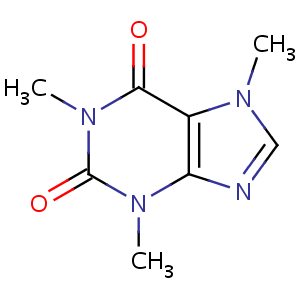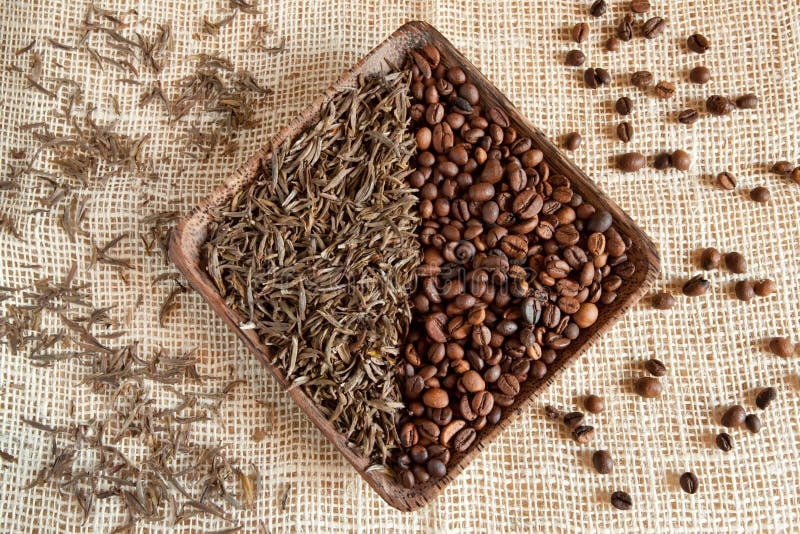

Tea bags naturally provide a standard amount of tea leaf, but if using loose leaf tea you could add more to the pot to increase caffeine levels. The amount of tea used The more tea leaves added to a cup, the more caffeine will be released.

Generally, broken tea leaves, as found in tea bags, will impart more caffeine when brewed compared to whole leaves. The type of tea leaf used There are a few factors that affect the levels of caffeine in your cup of tea. What affects the caffeine content in a cup of tea? Whilst there is no direct guidance from the NHS on caffeine intake for adults, a general guide would appear to be a maximum of 400mg a day. Caffeine affects everyone differently, with some being very sensitive and unable to consume caffeine at all and others who can drinks several cups of tea or coffee with no apparent side effects at all.Ĭaffeine in tea is fine to drink as part of a balanced diet, but it is best avoided in the afternoon to prevent any disruption to sleep.Ĭaffeine is not recommended for toddlers and young children, and pregnant women should have no more than 200mg a day. It works by speeding up messages through the central nervous system to the brain helping us to feel, temporarily, more alert and awake. Caffeine is a natural stimulant found in certain plant foods, including tea, coffee, cola nuts, cacao and guarana (found in some energy drinks and bars).


 0 kommentar(er)
0 kommentar(er)
